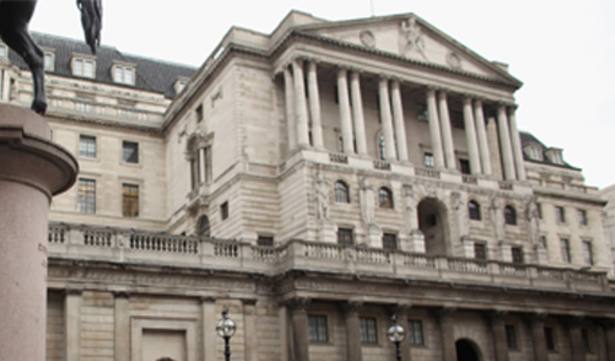Mr Winship remains slightly more optimistic and suggests that while the focus is on Japan and Europe, their central banks are “doing all right and not making mistakes”. He says: “I think maybe Japan and Europe will, over time, move closer to the UK and US, rather than the reverse.”
That said Mr Finn notes the limitations of monetary policy means a co-ordinated approach from government is essential.
“A combination of monetary, structural and fiscal measures will allow policymakers to better tackle the causes of deflation,” he says. “Setbacks such as the recent postponement of the scheduled consumption tax hike in 2015 may raise questions in the short term about how the government will achieve its target of a primary surplus by 2020.”
Nyree Stewart is features editor at Investment Adviser
ECONOMIST VIEW
John Greenwood, chief economist at Invesco Perpetual, says:
“A striking feature of the next year or two will be the marked divergence in the monetary stance of central banks in the US and the UK on the one hand, and Japan and the eurozone on the other.
“Whereas the Federal Reserve and the Bank of England are both likely to be raising interest rates from the second half of this year, the European Central Bank and the Bank of Japan are expected to continue with asset purchases and zero interest rates.
“However, we should be careful to distinguish between rising rates because economies are returning to normal and tighter monetary policy. If commercial banks expand bank credit more rapidly, then rising rates may not mean tight money.”






